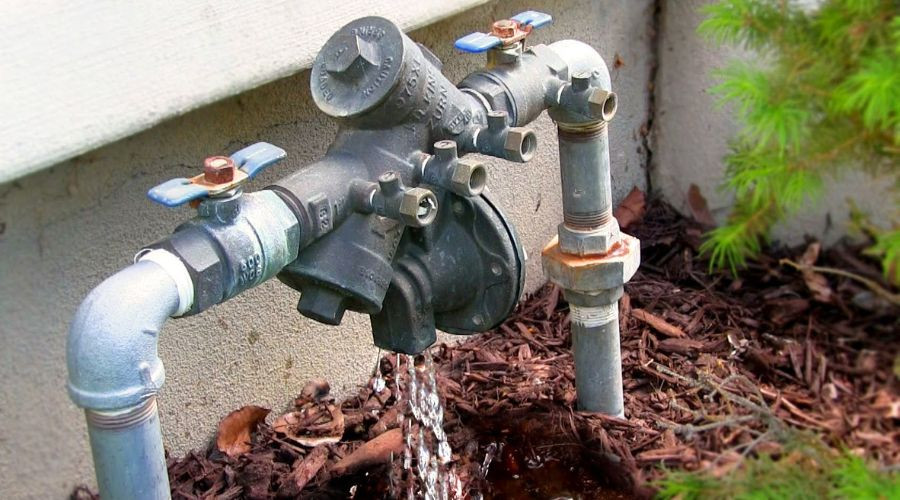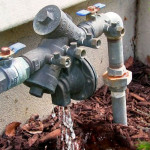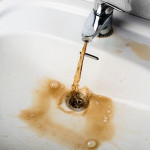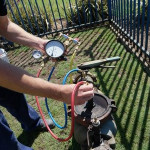What is Backflow, and Why is it Scary?
One of the things that have been a constant threat to public health is contaminated water. For most of human history, contaminated water was quite a frightening nemesis. In today’s water grid, numerous fail-safes are in place to try and maintain the health and safety of water supplies.
Plumbing codes are implemented to protect water supplies from contamination, and different methods and devices are used to help. One of these devices is called a backflow preventer. Backflow preventers stop used water from siphoning backward into treated water supplies when there is a large pressure change in the pipes.
Why is Backflow Bad?
 Water that has left the treatment facility and is in pipes ready to be delivered to homes is safe for drinking, but this is only because treated water is allowed to flow through them. Once something contaminated has backed up into a pipe, all water in that section of the line is in danger of causing illness. This is why backflow prevention is so important.
Water that has left the treatment facility and is in pipes ready to be delivered to homes is safe for drinking, but this is only because treated water is allowed to flow through them. Once something contaminated has backed up into a pipe, all water in that section of the line is in danger of causing illness. This is why backflow prevention is so important.
In most cases, a simple air gap is used to stop the chances of backflow, but there are circumstances where air gaps aren’t feasible. For example, a landscaping system is connected directly to a home's water system. If a pipe bursts in the home or along the water main, the change in pressure will siphon contaminated groundwater back into the freshwater plumbing of a home. A backflow preventer will stop this from occurring and protect water supplies.
How is Backflow Testing Done?
 Backflow testing is required on a scheduled basis, depending on the size of the facility and local regulations. Only specially certified plumbers are allowed to perform backflow testing to ensure that anyone who tests these important devices is always trained and competent.
Backflow testing is required on a scheduled basis, depending on the size of the facility and local regulations. Only specially certified plumbers are allowed to perform backflow testing to ensure that anyone who tests these important devices is always trained and competent.
Different backflow devices exist, from small residential units to large industrial ones that handle much larger piping. Each device is slightly different, but licensed plumbers will know the procedures for testing to ensure that they are operating correctly. In addition to backflow testing, plumbers can also help flush water systems that have experienced backflow and certify that the water is safe.
Why is Backflow Testing Important?
Clean drinking water is one of the most basic human needs. Regular backflow testing is essential to prevent water contamination and protect public health. Backflow devices are installed in residential, commercial, and industrial properties to prevent contaminants from flowing back into the potable water supply. These devices need to be tested regularly to ensure they are working properly.
Backflow testing is important because it helps to ensure that the water people drink or are exposed to is safe. Contaminants can enter the water supply through backflow, which can cause serious health problems. By having backflow devices tested regularly, people can be sure that it is working properly and that the water is safe. Homeowners should call certified plumbers for backflow testing annually.
About Swick Home Services
Swick Home Services has over four decades of experience serving Marquette, MI residents, and the surrounding areas. They offer 24/7 support, financing, and an apples-to-apples price match guarantee. Call them today for backflow testing and repair services in Marquette, MI.

































